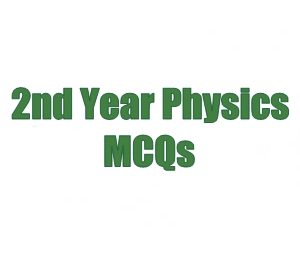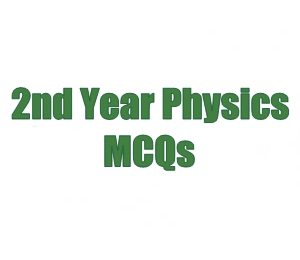If you want to prepare for the 2nd Year Physics Chapter 13 MCQs with Answers Current Electricity then this is the place. It’s the opposite of electrostatics and in Current Electricity, we study the changes that are in motion. For this, first, you need to know what Electric Current is. Then it is also important to know the sources of Electric Current and its effects. Ohm’s law defines the relationships between current, potential difference, and resistance. Then there is some importance of resistance and emf that is the energy supplied to unit charge by the cell. After this, there are Kirchhoff’s rules that are very important. You can now move towards the MCQs section where you will be given four choices. Select the right one. Through this, you will be able to prepare for your entrance test.
2nd Year Physics Chapter 13 MCQs
996



